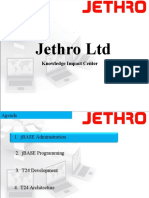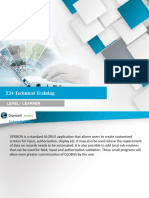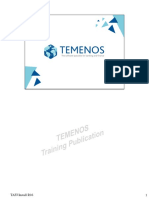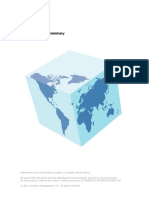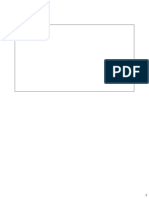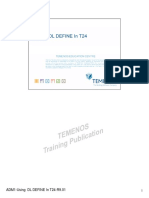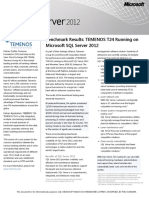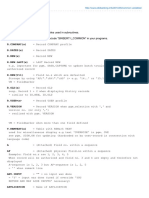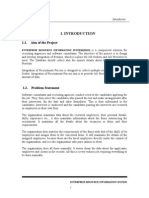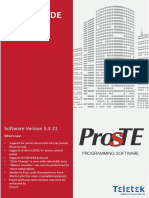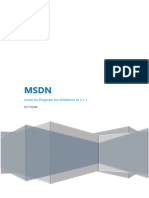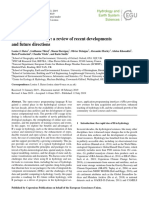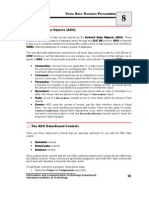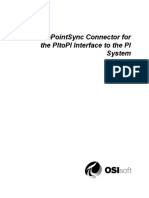0% found this document useful (0 votes)
309 views100 pagesjBase Training for Developers
The document provides an overview of the objectives and agenda of a jBase Foundation course, which aims to introduce participants to the features and architecture of jBase, how to log in and use utilities, file management, programming basics using jBasic, and core T24 routines. The course agenda covers topics such as the introduction to jBase, features, architecture, logging in, directory structure, tools, programming in jBasic, and debugging with workshops included.
Uploaded by
Stephens Tioluwanimi OluwadamilareCopyright
© © All Rights Reserved
We take content rights seriously. If you suspect this is your content, claim it here.
Available Formats
Download as PPS, PDF, TXT or read online on Scribd
0% found this document useful (0 votes)
309 views100 pagesjBase Training for Developers
The document provides an overview of the objectives and agenda of a jBase Foundation course, which aims to introduce participants to the features and architecture of jBase, how to log in and use utilities, file management, programming basics using jBasic, and core T24 routines. The course agenda covers topics such as the introduction to jBase, features, architecture, logging in, directory structure, tools, programming in jBasic, and debugging with workshops included.
Uploaded by
Stephens Tioluwanimi OluwadamilareCopyright
© © All Rights Reserved
We take content rights seriously. If you suspect this is your content, claim it here.
Available Formats
Download as PPS, PDF, TXT or read online on Scribd
/ 100

